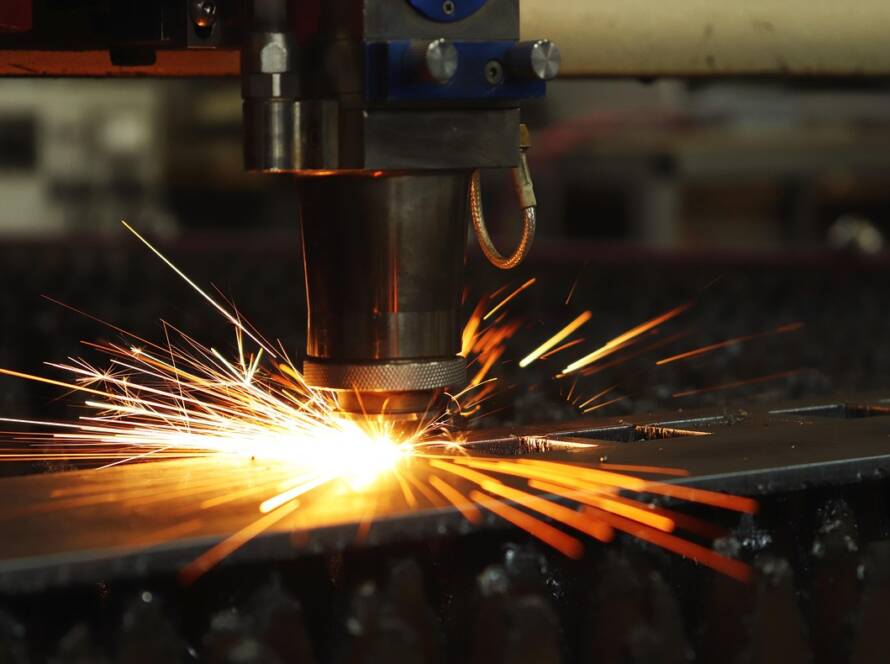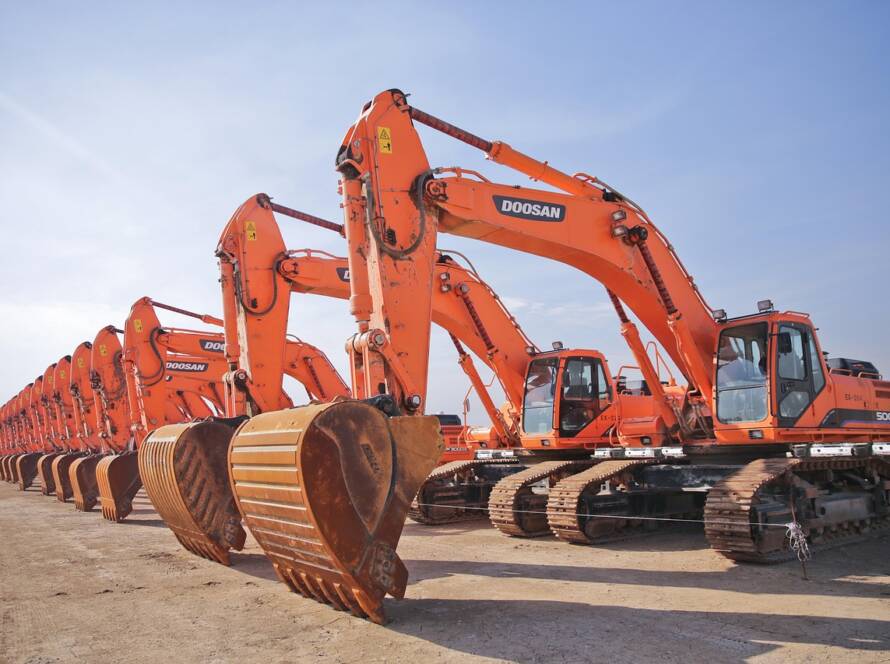Welcome to our blog, where we unpack the secrets behind optimizing material handling efficiency! Whether you are a business owner looking to streamline operations or an industry enthusiast seeking innovative solutions, this post is tailor-made for you.
Today, we dive into the world of new and used equipment – uncovering how these powerful tools can revolutionize your material handling processes while maximizing cost-effectiveness. So grab a coffee and join us on this thrilling journey towards enhanced productivity and increased profitability!
Overview of New and Used Material Handling Equipment
Material handling equipment is crucial in efficiently operating warehouses, distribution centres, and manufacturing facilities. It includes many tools and machinery used to move, store, protect, and control materials throughout the supply chain process.
There are two main categories of material handling equipment: new and used. While both options have benefits and drawbacks, understanding their differences can help you make an informed decision regarding optimizing your material handling efficiency.
The new equipment also comes with manufacturer warranties, providing protection against defects or unexpected issues. Additionally, more recent models often have advanced features such as automation technology to increase productivity and streamline processes.
However, one downside to buying new material handling equipment is its higher cost than used equipment. The initial investment may be steep for some businesses, but remember that new equipment typically has a longer lifespan, which can offset the upfront cost over time.
Advantages and Disadvantages of New vs. Used Equipment
When optimizing material handling efficiency, one of the critical decisions businesses have to make is whether to invest in new or used equipment.
Both options have their advantages and disadvantages, and understanding them can help businesses make an informed decision based on their specific needs and budget.

Advantages of New Equipment
- Reliability and Performance: One of the most significant advantages of purchasing new equipment is its reliability. With no wear and tear from previous use, new equipment is less likely to break down or malfunction. This ensures smooth operations and reduces downtime, ultimately leading to increased productivity.
- Latest Technology: New equipment often comes with the latest technology and features designed for maximum efficiency. This can include advanced sensors, automation capabilities, and improved energy efficiency, which can significantly improve material handling processes.
Disadvantages of New Equipment
- Higher Cost: The most obvious disadvantage of buying new equipment is its high cost compared to used equipment. For small businesses or those with limited budgets, this may not be a viable option.
- Depreciation: As soon as new equipment is purchased, it depreciates. This means that if the equipment needs to be sold in the future, it will not retain its original value.
Advantages of Used Equipment
- Cost Savings: The most significant advantage of purchasing used equipment is its lower cost than new equipment. This can be beneficial for businesses with limited budgets or those looking to save on upfront costs.
- Immediate Availability: Used equipment is readily available and can be purchased immediately without long lead times or delays.
Disadvantages of Used Equipment
- Uncertainty about Quality: With used equipment, there is always a risk of hidden issues or wear and tear that is not immediately apparent. This can lead to unexpected breakdowns or maintenance costs.
- Limited Warranty: Used equipment may not come with a warranty, meaning businesses may have to bear the total cost of any repairs or replacements.
Factors to Consider When Choosing Between New and Used Equipment
When optimizing material handling efficiency, one crucial decision businesses face is whether to purchase new or used equipment. Both options have advantages and disadvantages, so it is crucial to carefully consider the factors before deciding. This section will discuss some key factors to consider when choosing between new and used equipment.
- Budget:
The first and most obvious factor to consider is your budget. New equipment generally comes at a higher cost compared to used ones. However, they also come with warranties and less likelihood of repairs or maintenance expenses shortly. On the other hand, used equipment may be more affordable upfront but could require more maintenance and repairs in the long run. - Reliability:
Reliability is another essential aspect when choosing between new and used equipment. New machines are typically more reliable as they have not been previously used or exposed to wear and tear. They also come with warranties, which provide peace of mind for the buyer. Used equipment may have a higher risk of breakdowns due to its age and previous usage history. - Availability:
New equipment can often be readily available from manufacturers or dealers, whereas finding specific models of used equipment may take more time and effort as they depend on market availability.
Top Types of Material Handling Equipment for Optimizing Efficiency
Material handling equipment is an essential aspect of any industrial operation, as it is crucial in ensuring efficient and safe movement of materials within a facility.
With technological advancement, new and used material handling equipment have been developed to optimize efficiency in material handling processes. This section will discuss the top types of material-handling equipment that can help businesses streamline their operations and achieve maximum efficiency.
- Conveyors:
Conveyor systems are one of the most widely used types of material handling equipment. They are designed to move materials from one point to another within a facility, eliminating the need for manual transportation. Conveyors come in various forms, such as belt conveyors, roller conveyors, chain conveyors, and screw conveyors, each serving a specific purpose. These systems can handle heavy loads and are highly versatile, making them ideal for optimizing efficiency in different industries. - Forklifts:
Forklifts are another popular type of material-handling equipment that is widely used in warehouses and distribution centres. These vehicles have forks or prongs that can lift and transport palletized or non-palletized loads over short distances. Forklifts come in various sizes and lifting capacities to suit different operational needs. By using forklifts, businesses can reduce manual labor costs and improve efficiency by quickly moving goods from one location to another.
Tips for Properly Maintaining and Utilizing Material Handling Equipment
Proper maintenance and utilization of material handling equipment is crucial for optimizing efficiency and ensuring the safety of workers. Neglecting these tasks can result in equipment breakdowns, downtimes, and potential accidents. In this section, we will discuss some essential tips for maintaining and utilizing material handling equipment effectively.
- Regular Inspections: One of the key ways to ensure proper maintenance of material handling equipment is through regular inspections. This should be done at least once a month or more frequently, depending on the usage and workload. These inspections should cover all aspects of the equipment, such as structural integrity, mechanical components, electrical systems, and safety features.
- Follow Manufacturer’s Guidelines: All material handling equipment has optimal use and maintenance guidelines. It is essential to read these instructions and follow them diligently and carefully. This will not only prolong the lifespan of the equipment but also ensure safe operation.
- Lubrication: Proper lubrication is essential for minimizing wear and tear on moving parts and reducing friction in material handling equipment. Regularly check lubricant levels and top them up as needed according to the manufacturer’s recommendations.
- Cleaning: Keeping your material handling equipment clean may seem like a simple task, but it can have a significant impact on its performance. Dust, dirt, debris, or other contaminants can cause blockages or damage to sensitive parts if left unchecked. Regular cleaning with appropriate methods will help maintain optimal functioning.

